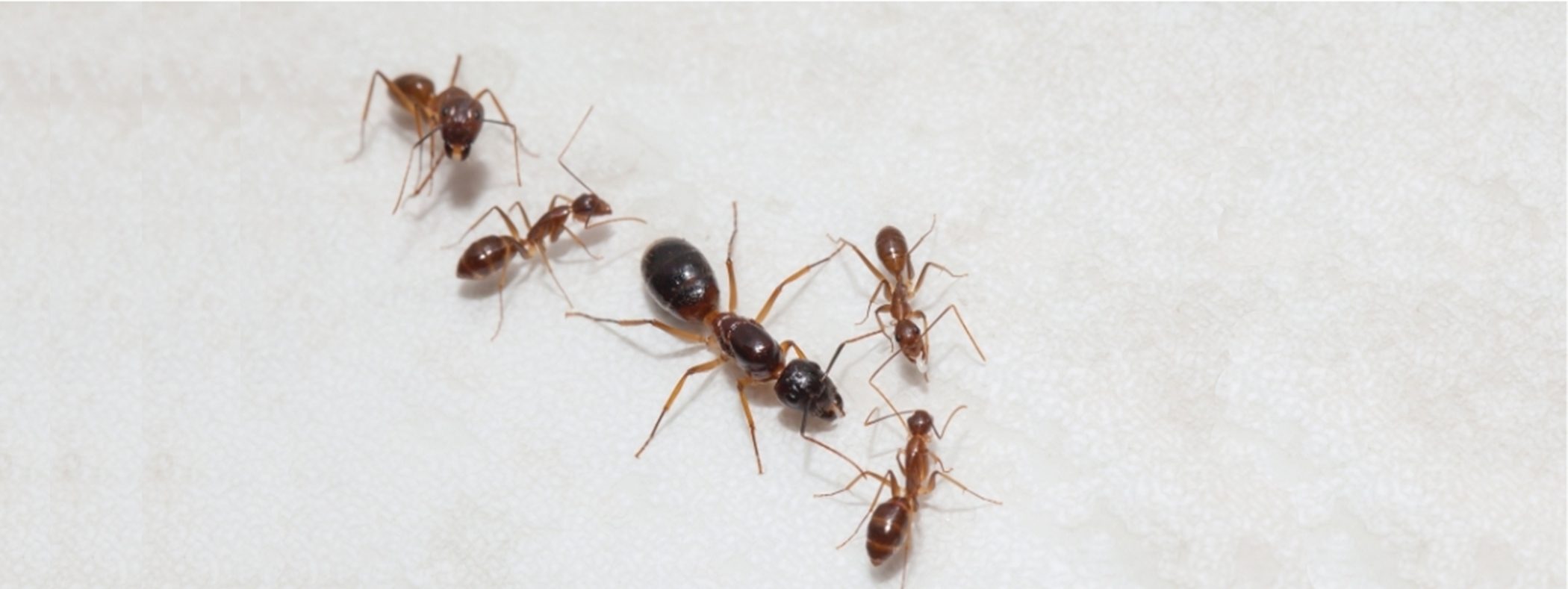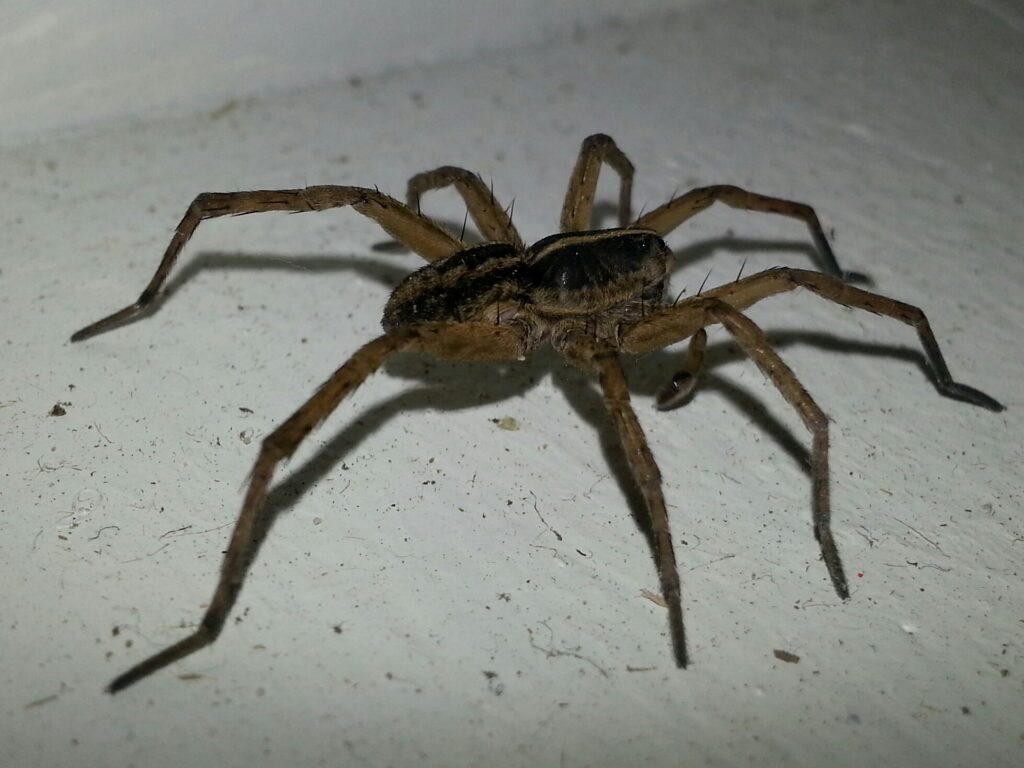 The queen ant is arguably the most important ant in the colony, as she's responsible for perpetuating her species. Here's what you need to know about queen ants and how ant removal services can help you safely and humanely remove them from your home.
The queen ant is arguably the most important ant in the colony, as she's responsible for perpetuating her species. Here's what you need to know about queen ants and how ant removal services can help you safely and humanely remove them from your home.
What Is a Queen Ant?
The queen ant is a reproducing female and the head of her colony. Her only job is to lay eggs for her colony, and the other ants exist to help her reach this goal. Worker ants find food to nourish the queen, while soldier ants are responsible for protecting the queen and her colony. In addition, drones are male ants whose only job is to mate with the queen so that she can lay eggs. Each ant is an essential player in the hierarchy and helps the queen achieve her goal.What Does She Look Like?
Understanding what a queen ant looks like is important if you have an infestation in your home, as eliminating the queen is the best way to eradicate the source of the problem. Although the queen ant's appearance differs depending on the species, her midsection is typically large and makes up about half of her size. Queen ants are also born with wings, which they use during the nuptial flight. However, they sometimes lose their wings after mating and creating a nest, so a lack of wings doesn't necessarily mean that the ant isn't a queen. The queen ant will have scars where the wings once were, which you should be able to see if you examine her closely. Her trunk is usually as wide as her head, and her abdomen is large because her primary responsibility is to lay eggs for the colony. If you see an ant with a smaller head, it's most likely a worker. The queen ant is usually bigger than the other ants in the nest, which is an easy way to distinguish her from her colony. However, physical appearance isn't the only way to identify the queen. Queens constantly receive attention from the other ants in the colony, so if you see many smaller ants climbing on top of a larger ant, it's likely that the larger one is the queen. Additionally, the queen typically resides in the center of the ants' nest and will only leave if she's looking to relocate the colony. Because queens thrive in dark, moist areas, you may have to dig into the nest to locate her.What Are the Signs of an Infestation?
Recognizing the signs of an ant infestation is essential if you want to eradicate these pests from your home. Some of the most common indications include:- Piles of soil or dirt, which signal an ant nest
- Rustling noises in the walls
- Discarded wings
- Hollow sounds in wooden beams
- Trails of sawdust

